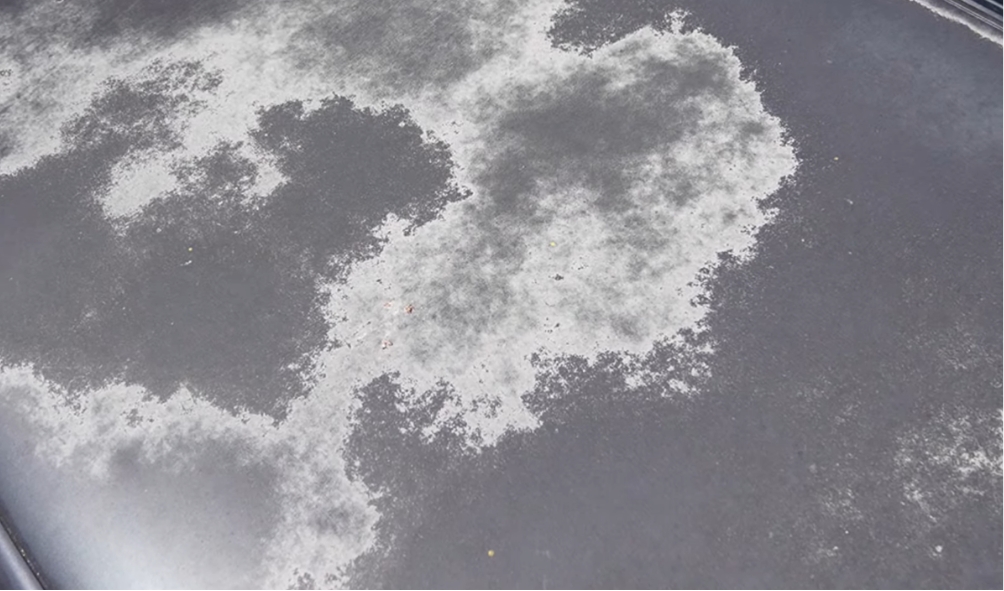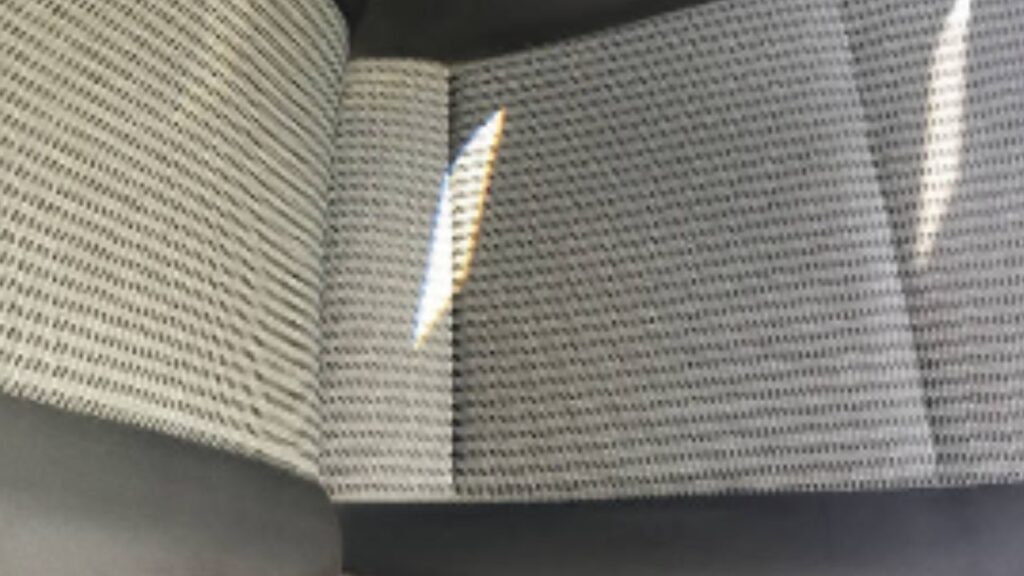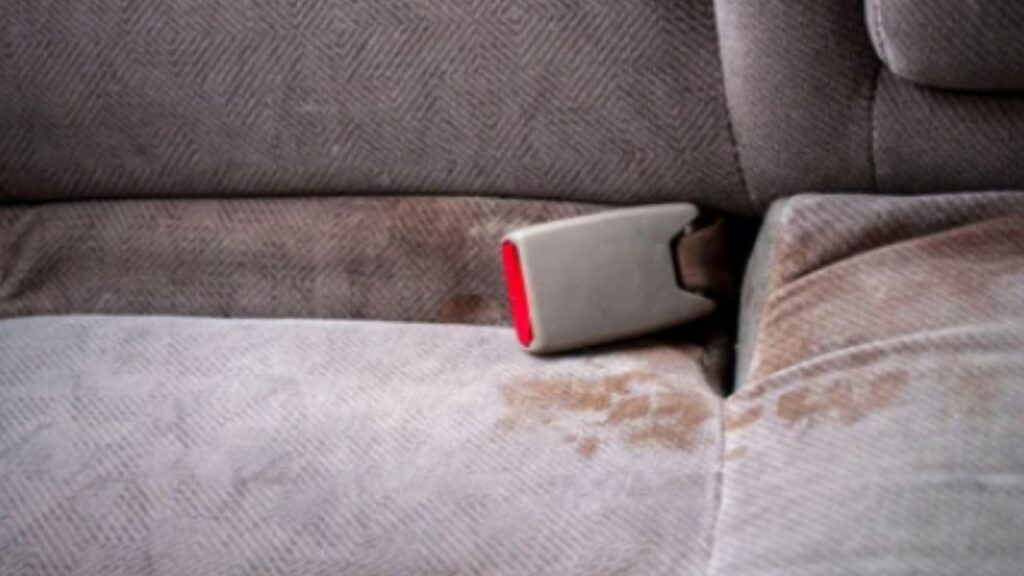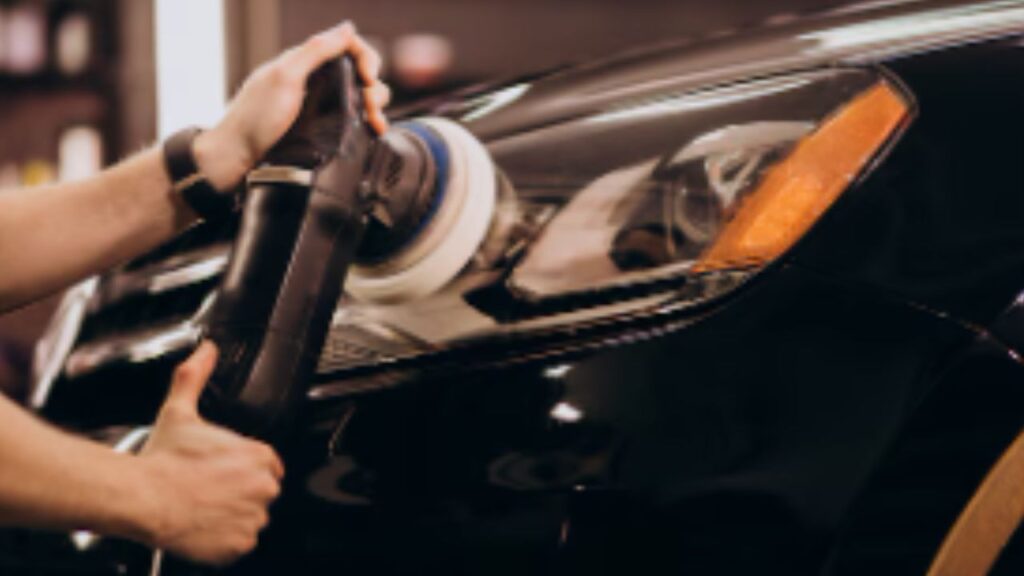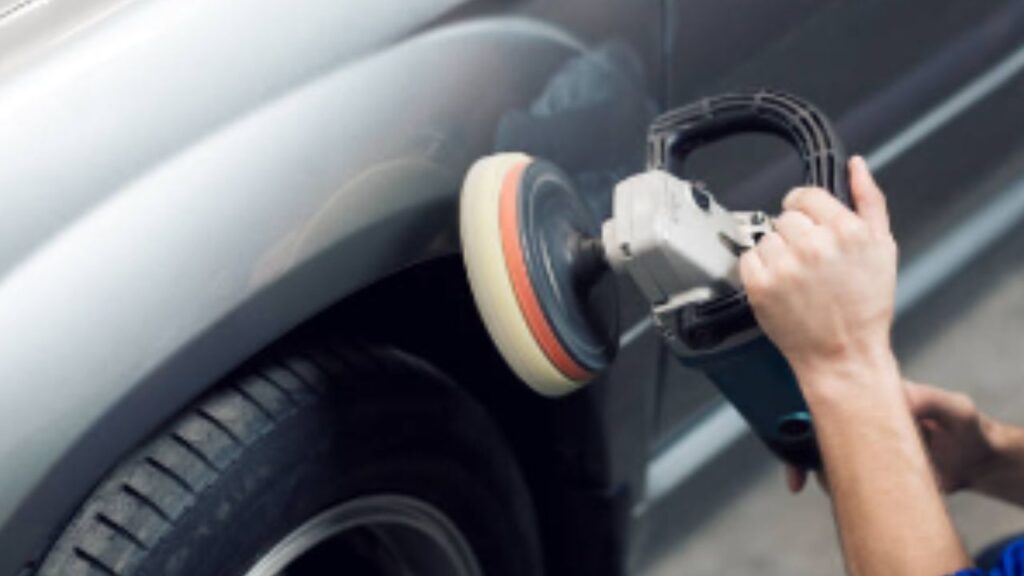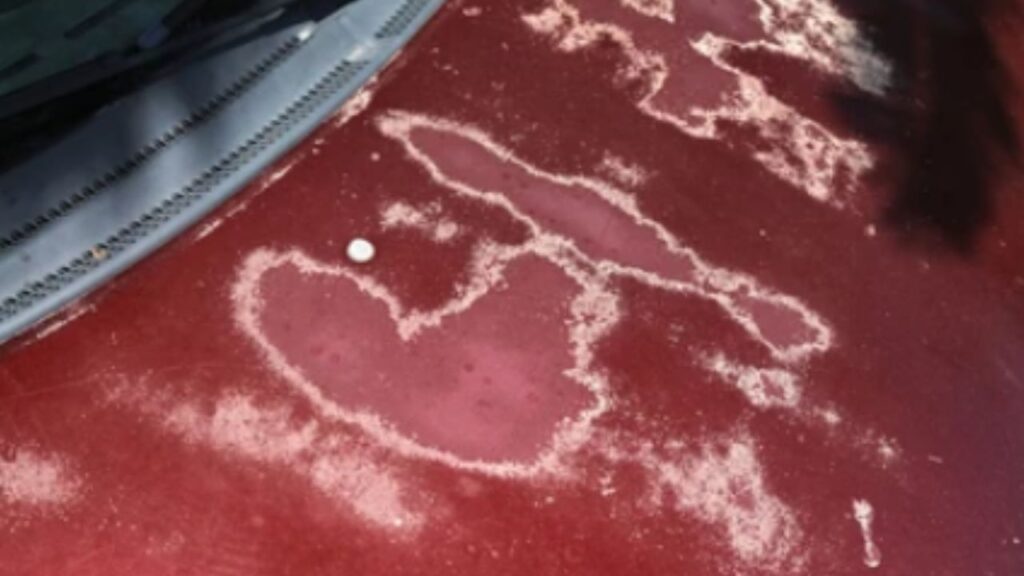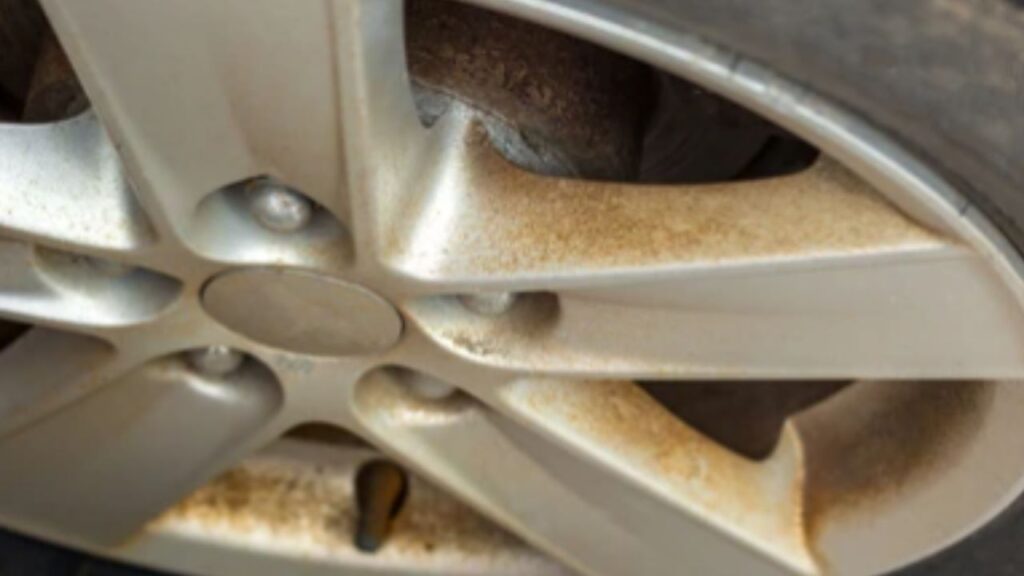There’s nothing like pulling into your driveway on a sunny day and seeing your car shine. But did you know that the same sun can damage your car’s paint? If you’ve noticed that your car’s paint has faded, peeled, or cracked, you’re not alone. Sun damage is a common problem, especially if you live in a sunny area. The good news is that you don’t always need a pro to fix it.
But here’s some good news: you don’t have to pay for a costly paint job. I’ve been there, and with some time and the right tools, you can fix sun-damaged paint yourself. In this guide, I’ll show you what I learned, from checking the damage to fixing it step by step.
Table of Contents
ToggleWhat Causes Sun Damage to Car Paint?
If you live somewhere sunny, like Southern California or Florida, you may have noticed your car looking worn after sitting outside. The reason? UV rays. Just like these rays can burn our skin, they also break down the paint on your car. Over time, UV rays damage the paint, making it fade, peel, or crack.
Heat and sunlight work together to dry out your car’s paint, and when the clear coat—the protective layer over your paint—starts to fail, you’ll see the damage even faster. You might first notice small faded patches, but eventually, the paint can begin to peel or crack, making your car look old before it’s time.
How Do You Assess the Severity of Sun Damage on Your Car Paint?
Before starting repairs, it’s important to check how bad the damage is. When I first saw my car’s fading paint, I thought I would need to repaint the whole car. Luckily, it wasn’t that bad.
Here’s how to check the damage:
Minor Sun Damage: The paint looks dull and faded but isn’t cracking or peeling. This is surface-level damage, and buffing will likely bring back the shine.
Moderate Sun Damage: You may see small cracks or peeling of the clear coat. This will take more work, but you can still fix it without a full repaint.
Severe Sun Damage: If the paint is peeling a lot or has deep cracks, you might need a professional. However, you can fix small areas of severe damage with patience and the right tools.
Once you know how bad it is, you can gather the tools you need.
What Tools and Materials Do You Need to Repair Sun-Damaged Paint?
This is where the fun begins—or at least where you get to use your DIY skills. You don’t need to be a pro to fix sun damage car paint, but having the right tools helps a lot. I’ve listed the basics below, so make sure you have these before starting the repair.
- Car Wash Soap: You need a clean car to start, so give it a good wash.
- Clay Bar: This removes dirt or sap from your car’s surface, helping to get a smooth finish.
- Dual-Action Polisher: For buffing faded spots and applying polish. You can do this by hand, but a polisher makes it easier.
- Polishing Compound: This removes oxidation and brings back the shine.
- Clear Coat Spray: If your clear coat is peeling, you’ll need to spray a new layer after sanding.
- Fine Sandpaper (1500-2000 grit): This is used for sanding down any peeling or cracked clear coat.
- Microfiber Towels: For wiping down the car after each step.
- Car Wax or Sealant: After restoring the paint, use this to protect it from future damage.
Once you’ve gathered your materials, it’s time to start the actual repair process.
Can Sun Damage Car Paint Be Fixed Without Repainting?
If you catch the damage early, you can restore your car’s finish without repainting. I did this on my car, which had only light fading. You’ll be amazed at how much shine you can bring back with just buffing and polishing.
Here’s what you can do for minor damage:
- Wash the car: Start by washing your car to remove dirt. Make sure the surface is clean before the next step.
- Clay bar treatment: Use a clay bar to remove things like dirt or sap from the paint. This is important if your car has been exposed to pollution, bird droppings, or tree sap.
- Buffing and polishing: For light sun damage, buff out the dullness with a polishing compound. A dual-action polisher makes it easier, but you can do it by hand. Work on small sections and move the compound in a circle.
- Wax and seal: After buffing, apply wax or sealant to lock in the shine and protect it from future UV damage.
This process may take a few hours, but it’s worth it to get that glossy look again. If the damage is worse, you’ll need more time and effort.
How Do You Clean and Prep Your Car Before Repairing the Paint?
Preparation is key to a good repair. When I worked on my car, I learned that skipping prep would only make things harder later.
Here’s how to prep your car:
- Wash: Use good car soap and wash your car well. This removes dirt and grime.
- Clay Bar: After washing, use a clay bar to clean the paint deeply. This step removes hidden stuff that can hurt your results.
- Dry: Make sure the car is dry before starting repairs. A microfiber cloth works best for drying. Try to work in the shade to avoid water spots.
What Are the Best Techniques for Buffing Out Sun Damage?
Buffing is key to removing oxidation and bringing back your car’s shine. Using a dual-action polisher makes this easier, but you can still get good results by hand.
Here’s how to do it:
- Apply the polishing compound: Put a small amount of compound on the pad (or a microfiber cloth if working by hand). Work in small sections and rub the compound in circles.
- Buff the area: Use light to medium pressure and overlap your strokes. Buff until most of the compound is gone.
- Wipe clean: Use a clean microfiber towel to wipe off any leftover residue.
- Repeat if needed: If the damage is deep, you may need to buff the area a few more times.
How Do You Repair Peeling or Cracking Clear Coat?
This part was the most challenging for me, but it’s doable with patience. If your clear coat is peeling or cracking, here’s how to fix it:
- Sand the damaged area: Use 1500 grit sandpaper to gently sand the peeling or cracked clear coat. Be careful not to sand through the paint.
- Clean the surface: After sanding, clean the area to remove dust or dirt.
- Apply new clear coat: Spray the clear coat evenly over the sanded area. Be sure to apply it in light coats, waiting 5-10 minutes between each coat.
- Let it dry: Allow the clear coat to fully dry before adding wax or sealant.
- Buff the surface: Once the clear coat is dry, buff the area with a polishing compound to get a smooth finish.
Is Sanding Necessary for Deep Sun Damage?
If your sun damage is too deep for polishing, you’ll need to sand the area before repainting. Here’s how to do it:
- Choose the right sandpaper: Start with 1500-grit sandpaper for deep damage, and move up to 3000-grit for a smooth finish.
- Wet sanding vs. dry sanding: Wet sanding is better for car paint. It reduces the risk of damage and gives a smoother result.
- Sanding technique: Use even pressure and sand in straight lines, not circles. Keep the surface wet to avoid burning the paint.
How Can You Touch Up Severely Sun-Damaged Paint?
When the damage is too much for buffing, a touch-up may be needed. I had to do this on a few small spots on my car.
- Find the right paint: You need to match your car’s paint color. Look for the color code on a label inside the driver’s side door.
- Prep the area: Lightly sand the damaged spot, clean it well, and make sure it’s dry before applying any paint.
- Apply touch-up paint: Use a small brush or applicator to apply the paint carefully. You might need to apply a few thin coats for even coverage.
- Apply clear coat: Once the paint is dry, add a clear coat to protect it and blend it with the rest of the paint.
- Buff and polish: Buff the area to smooth out any differences and bring back the shine.
What Products Can You Use to Restore Shine to Faded Paint?
After fixing the damage, you’ll want to bring back your car’s shine. The right products will help you do this. When I restored my car, I used a mix of wax and sealant. This not only brought back the shine but also added UV protection to stop future damage.
Here are some great products to restore your car’s paint:
- Polishing Compounds: These help restore the shine. Look for a compound that matches your paint type. I had good results with a fine-grade compound to remove minor scratches and dull spots.
- Carnauba Wax: This wax is popular for giving a deep, glossy finish. It’s natural and works well on dark-colored cars.
- Synthetic Sealants: Unlike wax, which needs to be applied often, sealants last longer. A good sealant can protect your car’s paint for up to six months.
- UV-Protective Coatings: These newer products add a barrier between the sun and your car’s paint, stopping future damage.
I suggest using wax or sealant every three months to keep your car looking fresh. It’s a small effort that can save you time and money later.
How Long Does a DIY Sun-Damaged Paint Repair Last?
One of the most common questions is: How long will the repair last? The answer depends on a few things:
- Quality of the Repair: If you take your time and use good products, your repair can last for years. After I fixed my car’s paint, the shine and protection lasted about two years before I needed touch-ups.
- Weather Conditions: If your car is often in harsh sun, extreme heat, or near pollutants, the repair may not last as long. That’s why it’s important to use good protective coatings and park in the shade when you can.
- Maintenance: Regular washing, waxing, and sealants will help your paint job last longer. I washed my car every two weeks and applied a sealant every three months. This made a big difference in how long the repair lasted.
In short, a good DIY repair can last from 12 months to a few years, depending on how you care for it.
Can You Protect Your Car Paint From Sun Damage in the Future?
After fixing your car’s paint, you don’t want it to get sun-damaged again. Luckily, there are ways to protect your car and keep the paint looking new.
- Park in the Shade: This is the easiest tip but often overlooked. Park in a garage or under a carport when possible. If you’re out, try to park in the shade or use a sunshade to protect the inside of your car.
- Car Covers: If you don’t have covered parking, use a UV-resistant car cover. It will protect your car from sunlight, bird droppings, and tree sap, which can damage the paint.
- Regular Waxing and Sealants: Wax and sealants make your car shiny and protect it from UV rays. Adding wax every few months can help prevent sun damage.
- Ceramic Coatings: For long-term protection, try a ceramic coating. It forms a hard layer over the paint and protects it from the sun, dirt, and scratches. It costs more and takes more time, but it’s worth it.
What Should You Avoid When Repairing Sun Damage Car Paint?
When I first started fixing my car’s paint, I made a few mistakes. Here are common problems to avoid so you don’t make the same ones:
- Over-sanding: Sanding is important, but don’t sand too much. Too much sanding can remove the paint and even expose the metal, making things worse.
- Skipping the Clear Coat: After applying touch-up paint, don’t skip the clear coat. The clear coat seals in the color and protects it. Without it, your repair won’t last long.
- Using the Wrong Products: Not all polishes, waxes, or touch-up paints are the same. Make sure you use products made for cars. I used a general polish once, and it left streaks and didn’t work well.
- Rushing the Process: Take your time when fixing sun-damaged paint. Whether you’re painting or buffing, let each step take the time it needs. Rushing can cause mistakes that are harder to fix later.
When Is It Time to Seek Professional Help for Sun-Damaged Paint?
While most sun-damaged paint can be fixed at home, sometimes you need a professional. If the damage is too bad or you’re not sure about certain steps, a professional shop can restore your car.
Here are some reasons to go to a pro:
- Deep Cracking or Peeling: If the clear coat is peeling in large sections or the paint has deep cracks, a pro will need to sand and repaint the area. This is hard to fix on your own.
- Color Matching: Touch-up paint works for small areas, but matching the color for larger spots is tricky. A professional can use high-quality paints and tools to get the color just right.
- Time Constraints: DIY repairs take time. If you don’t have the hours for sanding, buffing, and polishing, it might be worth paying someone else.
I was able to handle the repairs myself, but if the damage had been worse, I would have considered a professional. It’s important to know your limits.
How Do You Maintain Your Car’s Paint After Repairing Sun Damage?
Once your car’s paint looks good again, the best thing you can do is keep it that way. Regular care is key to preventing future sun damage and making your hard work last.
Here’s how I maintain my car’s paint after fixing sun damage:
- Wash Regularly: I wash my car every two weeks. This removes dirt and grime that can damage the paint over time.
- \
- Reapply Wax or Sealant: Every three months, I apply a new coat of wax or sealant. This keeps the car shiny and protects it from UV rays.
- Use a Car Cover: If I won’t be driving for a few days, I cover my car with a UV-resistant cover. It’s an easy way to protect the paint.
- Inspect for Damage: I check the paint every now and then for new damage. Catching small chips or fading early makes them easier to fix before they get worse.
Conclusion: Bringing Your Car’s Paint Back to Life
Fixing sun damage car paint is easier than it seems. With the right tools, products, and some patience, you can restore your car’s finish and protect it from more damage. Whether your car’s paint is faded or peeling, these steps will bring it back to life.
From cleaning and prepping to buffing and applying new paint, this guide covers everything you need to know. The key is to check the damage, use the right materials, and take your time with each step.
FAQs
Can I repair sun damage car paint myself?
Yes, you can fix sun damage like fading or minor peeling at home with the right tools and products.
How long will my DIY paint repair last?
A DIY repair can last from a few months to a couple of years, depending on how well you protect the paint afterward.
Is it expensive to repair sun damage car paint?
DIY repairs are usually affordable. The cost of materials like wax, polish, and clear coat ranges from $50 to $150. Professional repairs can be more costly, especially for severe damage.
How often should I wax my car to prevent sun damage?
You should wax your car every 3 to 6 months to protect it from UV rays and other elements.
What’s the best way to protect my car’s paint from sun damage?
The best way to protect your car’s paint is to park in shaded areas, use a car cover, and apply UV-resistant wax or sealant regularly.

